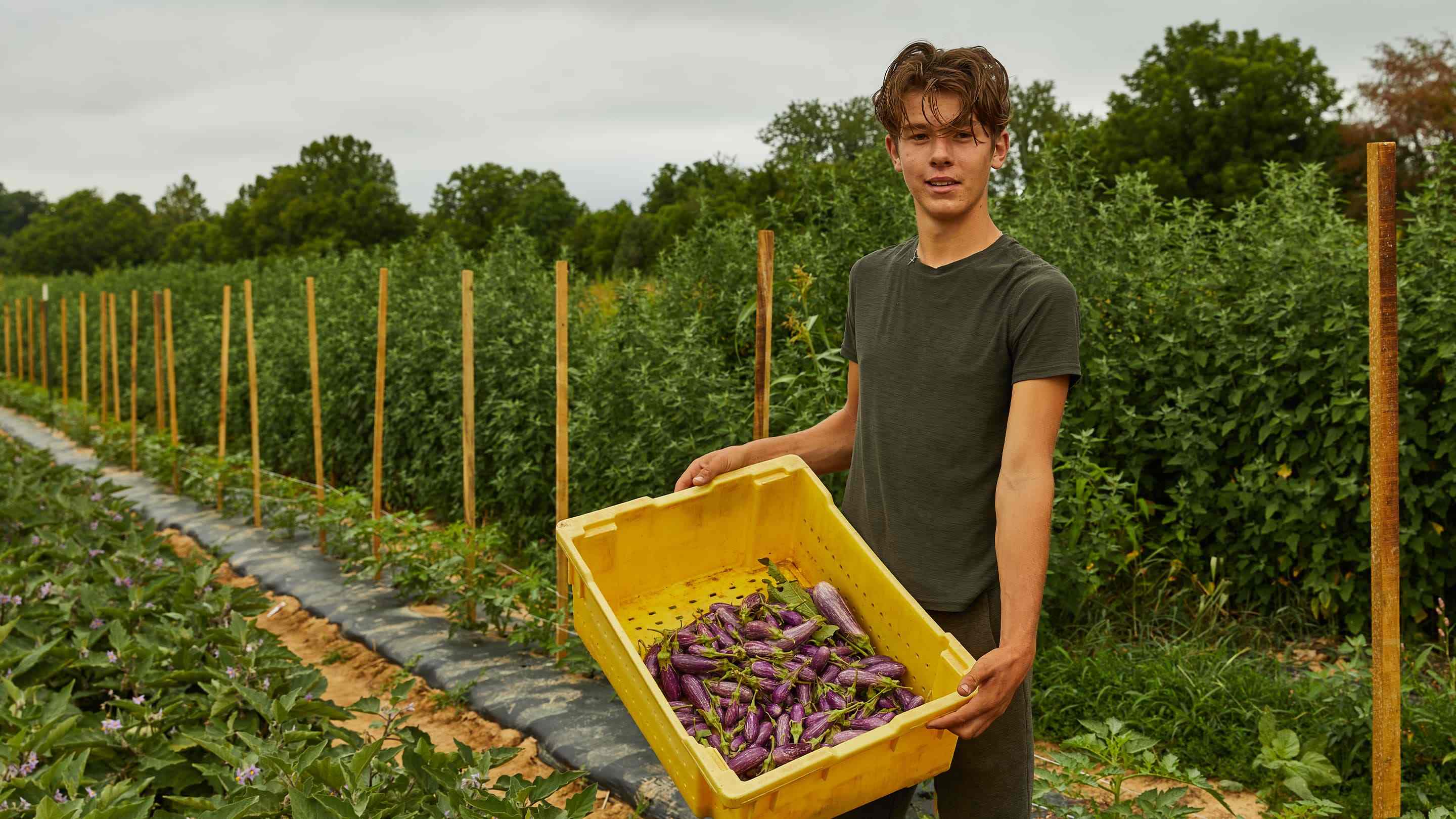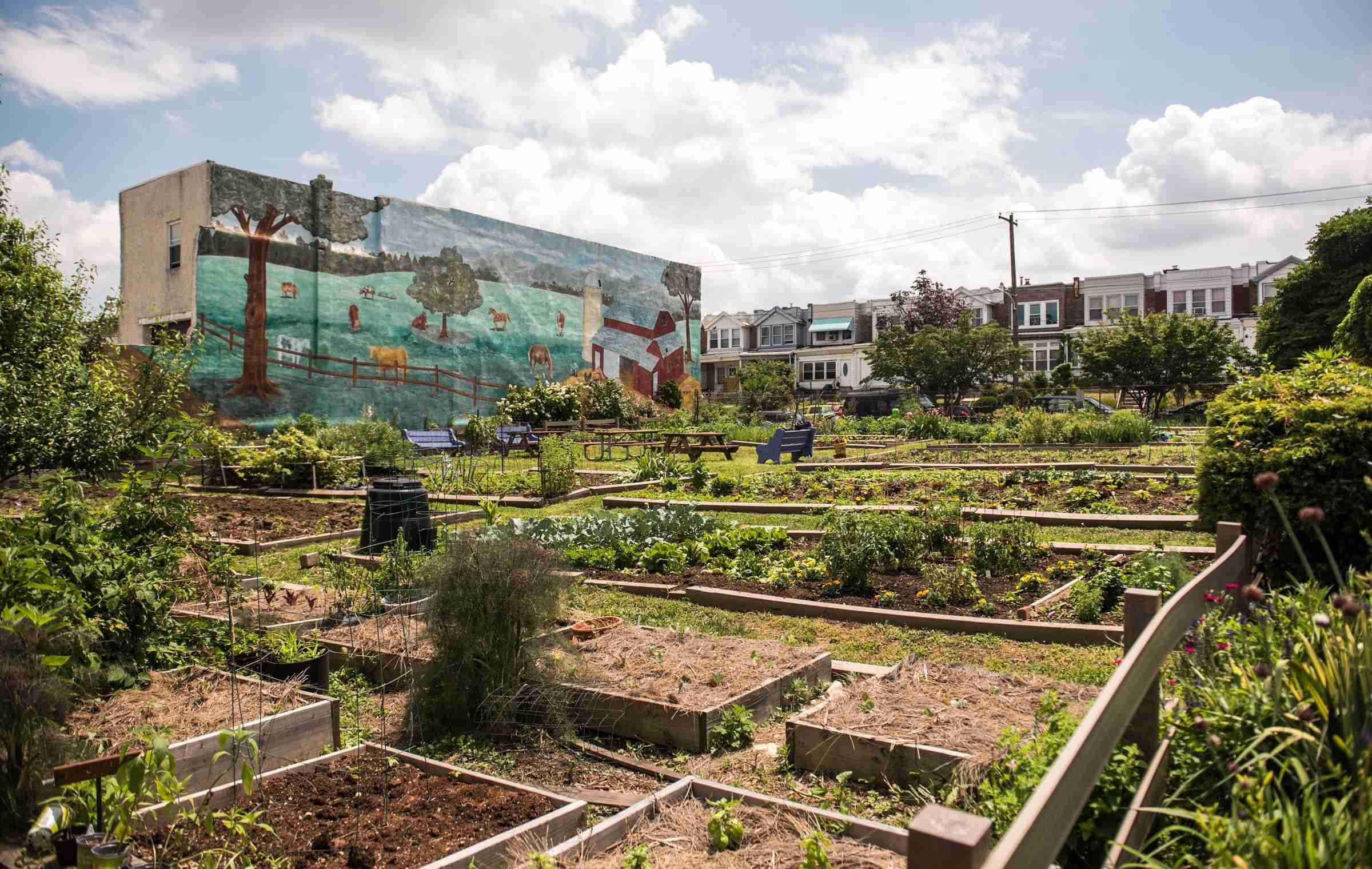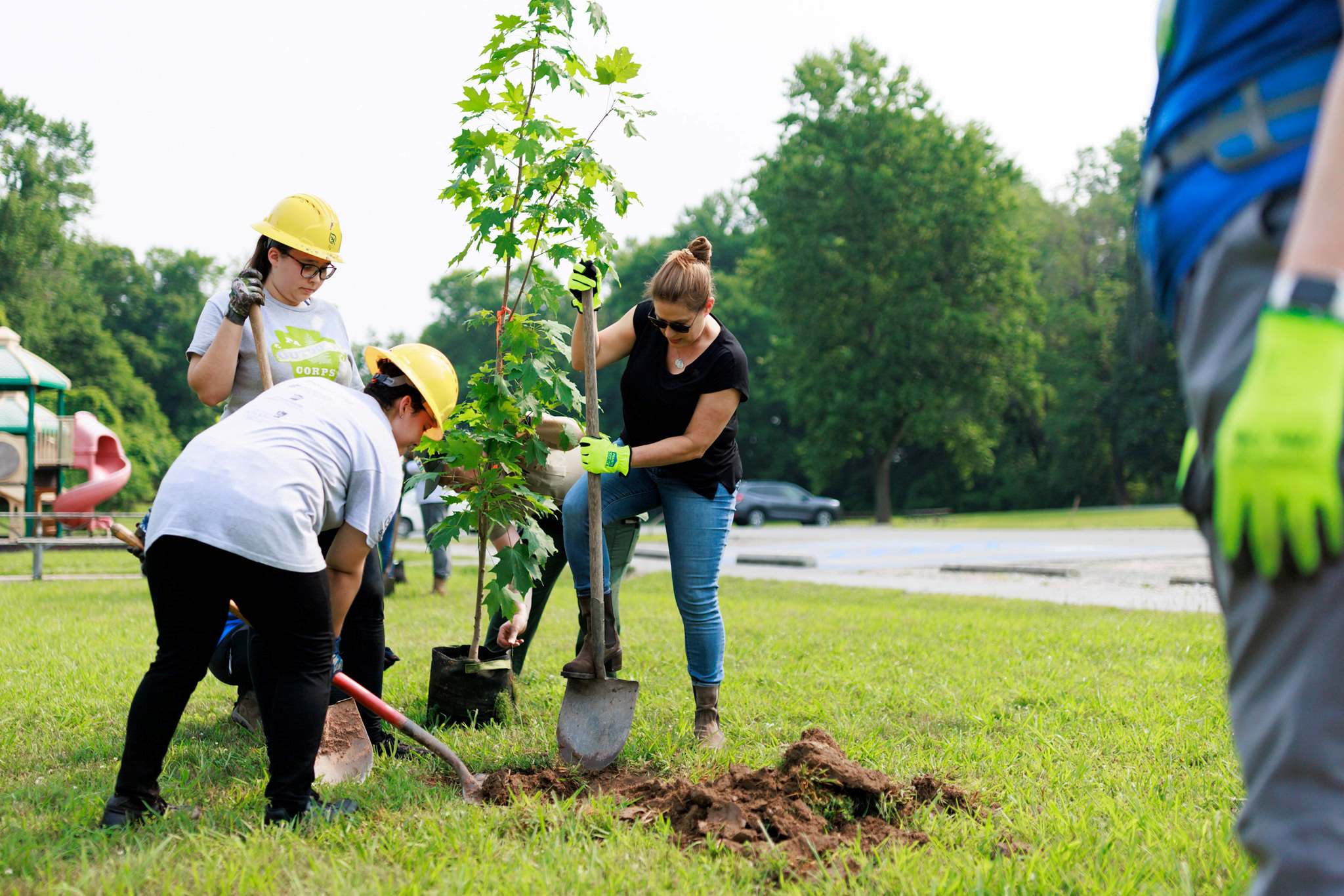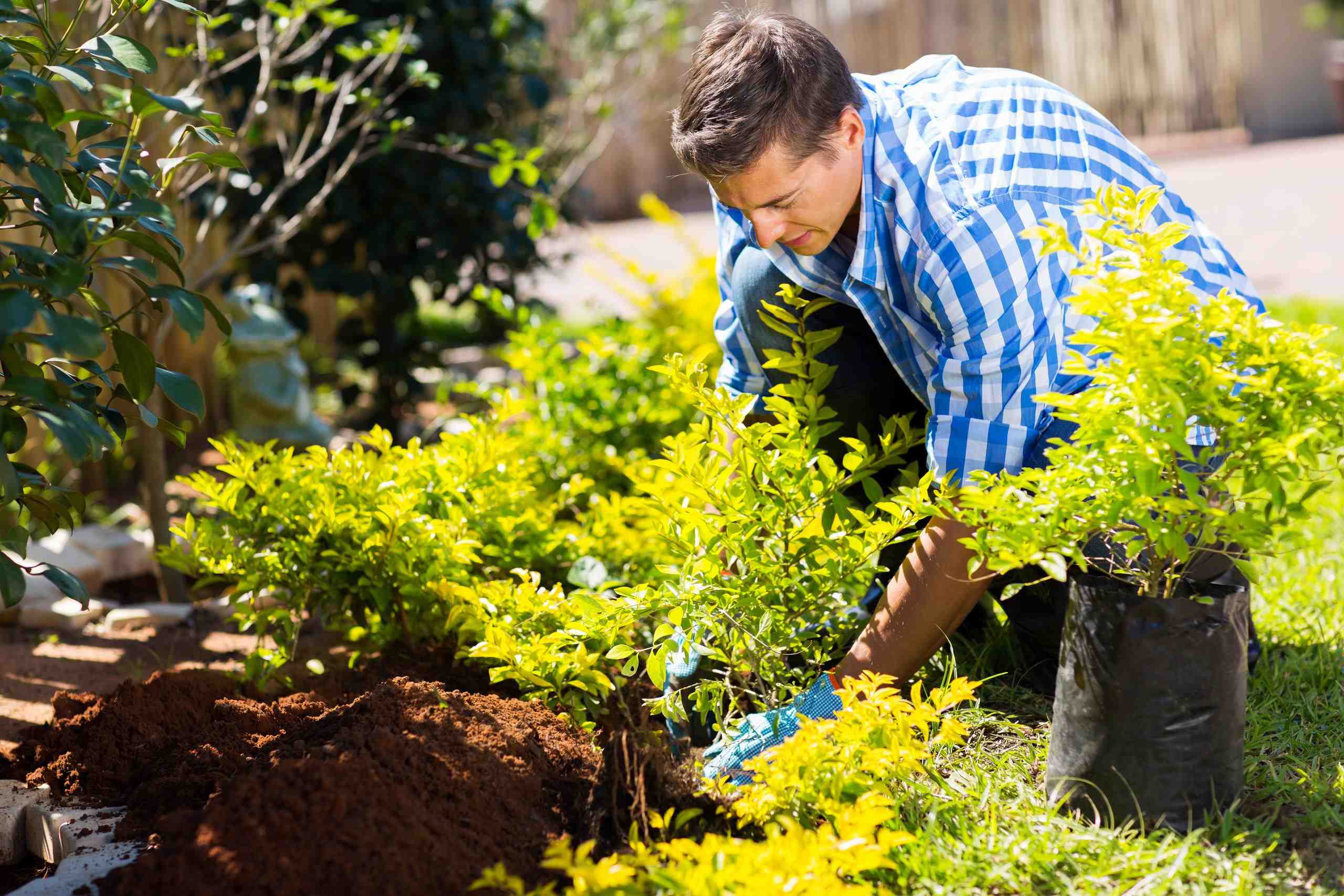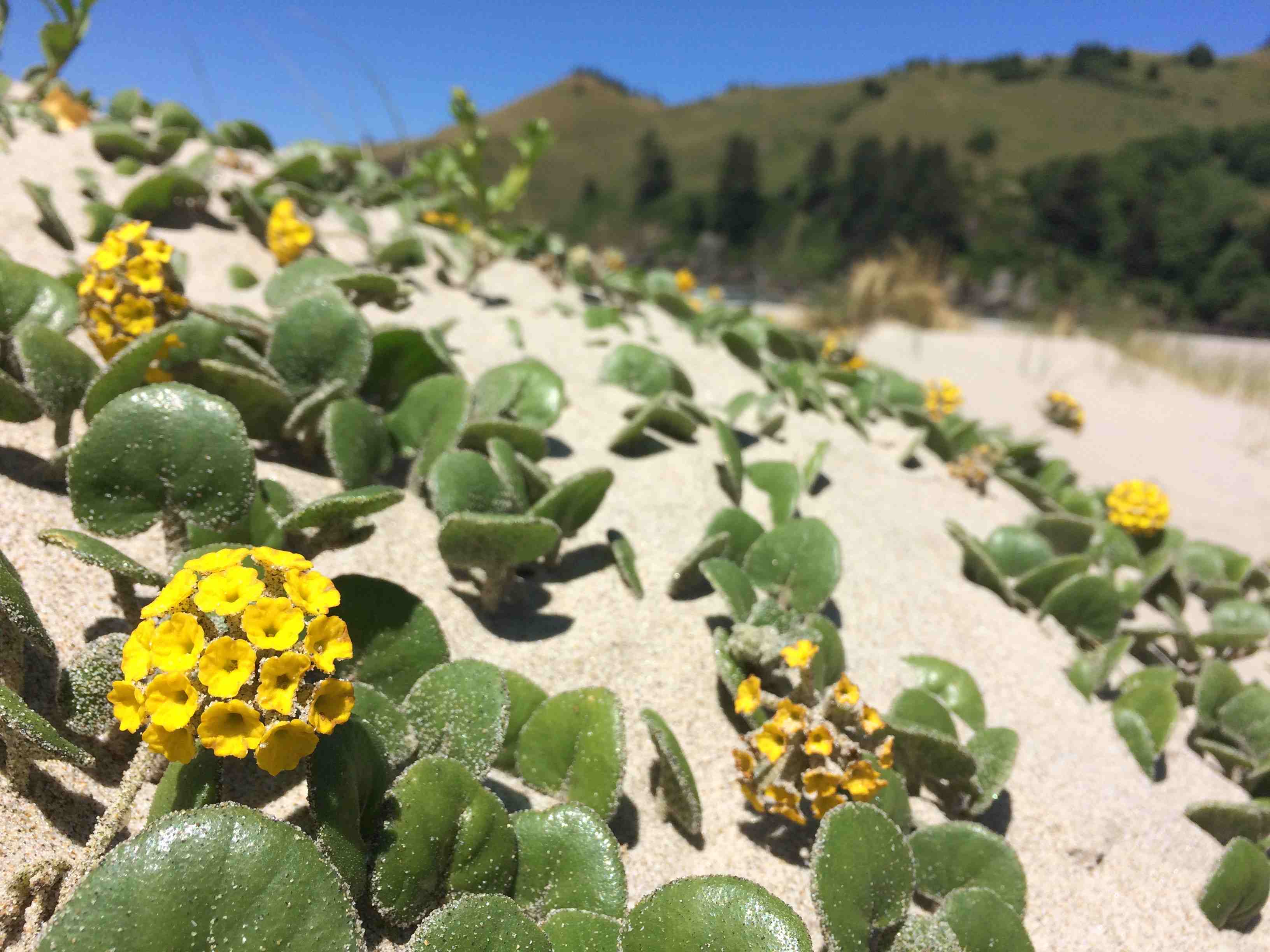Home>Gardening Basics>Understanding Soil>What Planting Zone Is Seattle
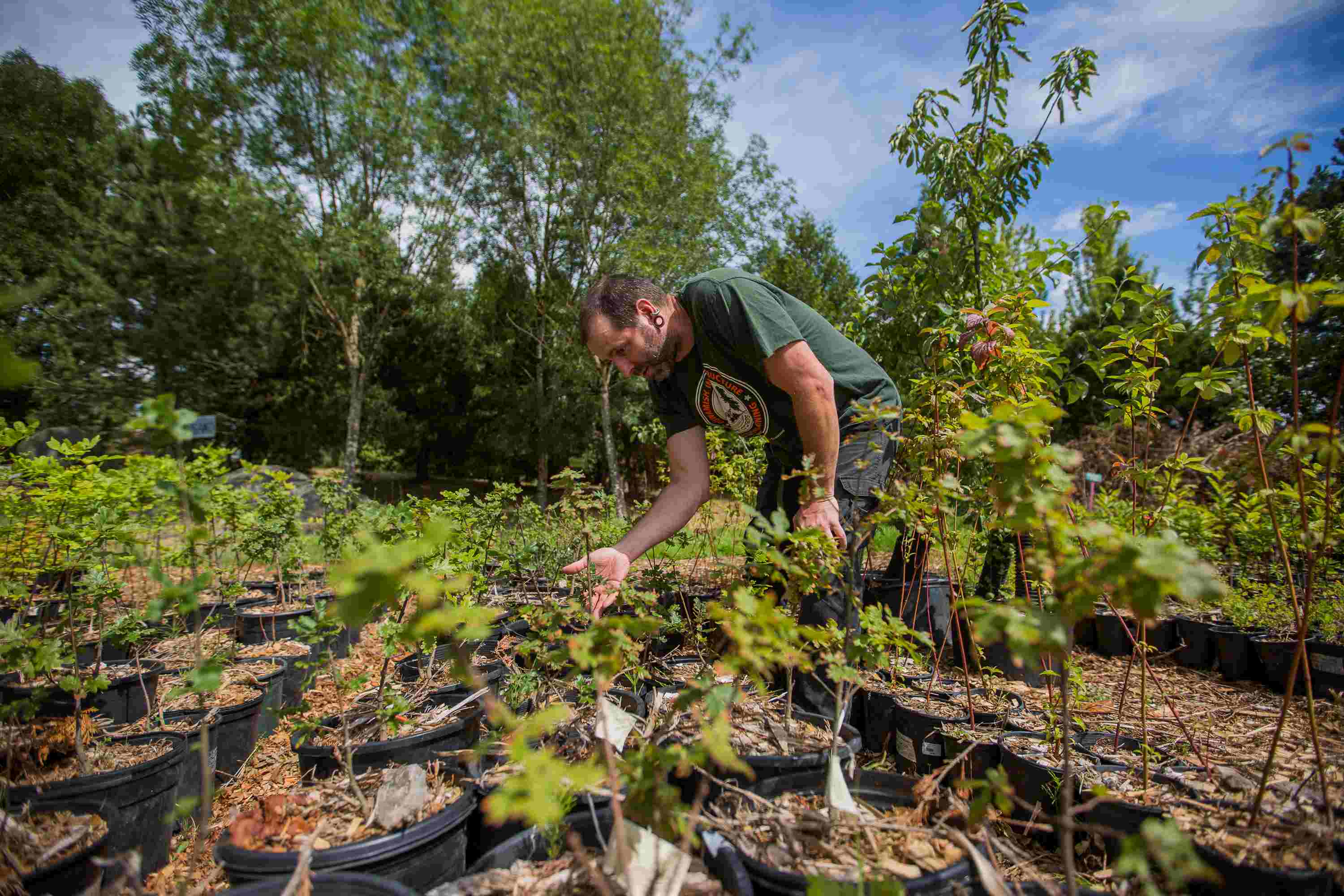

Understanding Soil
What Planting Zone Is Seattle
Modified: January 22, 2024
Find out what planting zone Seattle is in and gain a better understanding of soil conditions for successful gardening in the area.
(Many of the links in this article redirect to a specific reviewed product. Your purchase of these products through affiliate links helps to generate commission for Chicagolandgardening.com, at no extra cost. Learn more)
Table of Contents
Introduction
Welcome to Seattle, a vibrant city known for its breathtaking scenery and thriving green spaces. If you’re an avid gardener or simply have a green thumb, you may be wondering what planting zone Seattle falls into. Understanding the planting zones is essential for successful gardening, as it helps you choose the right plants that are best suited to the local climatic conditions.
Planting zones, also known as hardiness zones, are a widely used method for classifying the climatic conditions in different regions. The United States Department of Agriculture (USDA) created the plant hardiness zone map, which divides North America into various zones based on the average minimum temperature. Each zone is labeled with a number that represents a specific range of temperatures and indicates the types of plants that can thrive in that region.
Seattle, located in the Pacific Northwest, is known for its mild, maritime climate. The city experiences cool, wet winters and warm, dry summers, making it an ideal environment for a wide variety of plants. Understanding the specific planting zone of Seattle is crucial for gardeners and enthusiasts alike, as it helps determine which plants will thrive and flourish in this unique climatic region.
Determining the planting zone of Seattle involves considering factors such as average annual temperatures, winter lows, and the length of the growing season. By understanding the specific planting zone, gardeners can make informed decisions about the types of plants, flowers, and vegetables that are best suited for their gardens.
In this article, we will explore the planting zone of Seattle in detail and provide recommendations for suitable plant varieties that thrive in this region. Whether you are a seasoned gardener or just starting out, this article will be your guide to gardening success in beautiful Seattle.
Understanding Planting Zones
Planting zones, also known as hardiness zones, are a crucial tool for gardeners to determine which plants are most likely to thrive in a specific region. These zones are determined by various factors, including the average annual minimum temperature, and help gardeners choose plants that are adapted to the local climate.
The United States Department of Agriculture (USDA) has developed a plant hardiness zone map that divides North America into 13 different zones, each with a range of temperatures that represent a specific climatic region. The zones are labeled numerically, with Zone 1 representing the coldest temperatures and Zone 13 representing the warmest.
Knowing your planting zone is essential for successful gardening because it helps you select plants that can withstand the environmental conditions of your region. Each plant has its own specific temperature requirements for germination and growth. By choosing plants that are well-suited to your planting zone, you increase their chances of survival and overall productivity.
In addition to temperature, planting zones also consider other factors such as humidity, rainfall, wind patterns, and elevation. These variables can greatly impact a plant’s ability to thrive in a particular area. By understanding the unique characteristics of your planting zone, you can make informed decisions about plant selection, irrigation, and other environmental factors that affect gardening success.
It’s important to note that planting zones are not the only factor to consider when planning your garden. Microclimates, which are localized pockets of different climatic conditions within a larger zone, can also impact plant growth. Factors such as proximity to bodies of water, shade from buildings or trees, and exposure to wind can create microclimates that differ from the general zone classification.
For example, in Seattle, the proximity to the Puget Sound and the Cascade Mountains contributes to a unique microclimate in certain areas. These microclimates can result in slightly milder or colder temperatures, affecting the plant selection and gardening practices specific to those areas.
Understanding planting zones and considering microclimates will greatly increase the chances of gardening success. By selecting plants that are well-adapted to the local climate and creating the optimal growing conditions, you can create a thriving and beautiful garden that will flourish year after year.
Climate of Seattle
The climate of Seattle is classified as a mild, maritime climate, heavily influenced by its proximity to the Pacific Ocean and its position in the Pacific Northwest region of the United States. While known for its reputation of rain, Seattle enjoys relatively mild temperatures compared to other parts of the country.
Seattle experiences distinct seasons, with warm, dry summers and cool, wet winters. The average temperature in the summer months ranges from the mid-60s to low 70s Fahrenheit (around 18-24 degrees Celsius), providing comfortable conditions for outdoor activities and gardening.
Winters in Seattle are characterized by cool temperatures and a higher amount of precipitation. The average temperature in winter ranges from the mid-30s to low 40s Fahrenheit (around 1-5 degrees Celsius). While snowfall is rare in the city, nearby mountain ranges often receive significant snowfall, offering beautiful winter landscapes for outdoor enthusiasts.
Rainfall is a common feature of Seattle’s climate, with the majority occurring between October and April. The city receives an average annual precipitation of around 38 inches (97 cm), providing ample water for gardens and contributing to the lush greenery that Seattle is known for.
The maritime influence on Seattle’s climate also results in moderate humidity levels throughout the year. The coastal location helps to moderate temperature extremes, providing a relatively comfortable and consistent climate for plant growth.
Seattle’s climate is also known for its relatively long growing season compared to other parts of the country. The region experiences mild temperatures throughout the spring and fall, allowing for extended periods of plant growth and productivity.
Understanding the climate of Seattle is crucial for gardeners, as it helps determine the types of plants that will thrive in this region. With its mild temperatures, ample rainfall, and moderate humidity, Seattle provides an ideal environment for a wide variety of plant species, including both native and non-native plants.
In the next section, we will delve into the specific details of determining the planting zone of Seattle, giving gardeners a better understanding of the unique conditions and plant selection required for successful gardening in this magnificent city.
Determining Seattle’s Planting Zone
Determining the planting zone of Seattle involves considering various factors such as average annual temperatures, winter lows, and the length of the growing season. The United States Department of Agriculture (USDA) plant hardiness zone map is a valuable resource to determine the specific planting zone of any location, including Seattle.
Seattle primarily falls into USDA hardiness zone 8b, with some areas stretching into zone 8a. These zones are characterized by average annual minimum temperatures ranging from 15 to 20 degrees Fahrenheit (-9 to -6 degrees Celsius). This suggests that Seattle experiences relatively mild winters compared to many other parts of the country.
However, it’s essential to note that Seattle’s microclimates can influence the specific planting zone of certain neighborhoods or areas within the city. Factors such as proximity to bodies of water, elevation, and exposure to wind can create localized variations in temperature and growing conditions.
For example, areas closer to bodies of water, such as Puget Sound or Lake Washington, tend to have milder temperatures due to the moderating effect of the water. These areas may lean more towards USDA hardiness zone 9a, with average annual minimum temperatures ranging from 20 to 25 degrees Fahrenheit (-6 to -4 degrees Celsius).
Conversely, areas with higher elevation, such as the foothills of the Cascade Mountains, may experience slightly cooler temperatures that align more with USDA hardiness zone 8a, which has average annual minimum temperatures ranging from 10 to 15 degrees Fahrenheit (-12 to -9 degrees Celsius).
Gardeners in Seattle should take these microclimates into account when selecting plants for their garden. It’s advisable to choose plants that are well-suited to the specific microclimate of your neighborhood or area, rather than solely relying on the general USDA hardiness zone designation.
Local nurseries, gardening clubs, and resources specific to the Pacific Northwest can provide valuable insights and recommendations for plant choices based on the microclimate of your location. Additionally, connecting with experienced local gardeners and joining gardening communities can offer firsthand knowledge and guidance.
By understanding the specific planting zone of Seattle, whether it is 8a or 8b, and taking into consideration the microclimate of your area, gardeners can confidently select plants that will thrive in their particular growing conditions. In the next section, we will provide recommendations for suitable plant varieties that are well-suited for Seattle’s unique climate and planting zone.
Plant Recommendations for Seattle
Seattle’s mild, maritime climate and planting zone 8a/8b provide a wide range of options when it comes to selecting plants for your garden. Whether you’re looking to grow vibrant flowers, lush foliage, or delicious vegetables, there are plenty of choices that will thrive in Seattle’s unique climate.
1. Rhododendrons and Azaleas: These beautiful flowering shrubs are well-suited to the Pacific Northwest. With their vibrant blooms and glossy green foliage, they add a splash of color to any garden. Choose varieties that are suitable for your specific microclimate, as some are more tolerant of sun or shade.
2. Ferns: Seattle’s mild and damp conditions make it the perfect environment for ferns. These elegant plants thrive in shaded areas and add lush greenery to gardens. Look for native varieties such as Sword Fern and Western Maidenhair Fern for a touch of local charm.
3. Hostas: Known for their attractive foliage, Hostas are shade-loving plants that are well-suited to Seattle’s climate. They come in a variety of sizes and colors, making them versatile for different garden designs. Plant them in areas with partial shade and moist soil for optimal growth.
4. Tomatoes: While Seattle’s summers may not be scorching hot, they still provide enough warmth for growing tomatoes. Choose varieties that have a shorter maturity period to ensure a successful harvest before the cooler temperatures of fall arrive. Consider planting them in containers for easy portability and management.
5. Blueberries: The acidic soil prevalent in Seattle is perfect for growing blueberries. These delicious berries are not only packed with antioxidants but also add ornamental value to your garden with their fall foliage colors. Look for varieties that are suited to your specific planting zone for the best results.
6. Perennials: Take advantage of Seattle’s long growing season by incorporating a variety of perennial plants into your garden. Delphiniums, daylilies, and astilbes are just a few examples of perennials that thrive in Seattle’s temperate climate. These plants come back year after year, reducing the need for replanting.
7. Native Plants: Consider adding native plants to your garden. They are highly adapted to the local climate, making them low-maintenance and eco-friendly choices. Some examples of native plants that grow well in Seattle include Oregon grape, salal, and sword fern.
Remember to consider your specific microclimate, sun exposure, and soil conditions when selecting plants for your garden. Pay attention to the watering needs of each plant and group them together based on similar requirements to make maintenance easier.
By choosing plants that are well-suited to Seattle’s climate and your specific planting zone, you can create a beautiful and thriving garden that will bring you joy throughout the seasons.
Conclusion
Seattle’s mild, maritime climate and its planting zones 8a/8b provide an excellent environment for a diverse range of plants to thrive. By understanding your specific planting zone and considering the unique microclimates within the city, you can make informed decisions about the types of plants that will flourish in your garden.
Planting zones play a vital role in successful gardening by helping you select plants that are well-adapted to the local climate. In Seattle, the USDA hardiness zones indicate that the city experiences relatively mild winters and warm, dry summers. However, it’s important to take into account the microclimates created by factors such as proximity to water bodies and varying elevations when choosing plants.
Seattle’s climate offers a wide variety of plant choices, including beautiful flowers like rhododendrons and azaleas, lush ferns, shade-loving hostas, delicious tomatoes, and blueberries. Incorporating native plants and perennials into your garden can also ensure low-maintenance beauty year after year.
Remember to consider factors such as sun exposure, soil conditions, and watering requirements when selecting plants for your garden. Local resources, nurseries, and gardening communities can provide valuable insights and recommendations specific to the Seattle area.
Whether you’re an experienced gardener or just beginning your gardening journey, Seattle offers a wealth of opportunities to create a visually stunning and bountiful garden. Embrace the unique climate and planting zone of Seattle, and enjoy the process of nurturing your plants and witnessing the beauty they bring to your outdoor space.
So, grab your gardening tools, explore the diverse plant options available, and let your creativity bloom in Seattle’s wonderful gardening environment.


